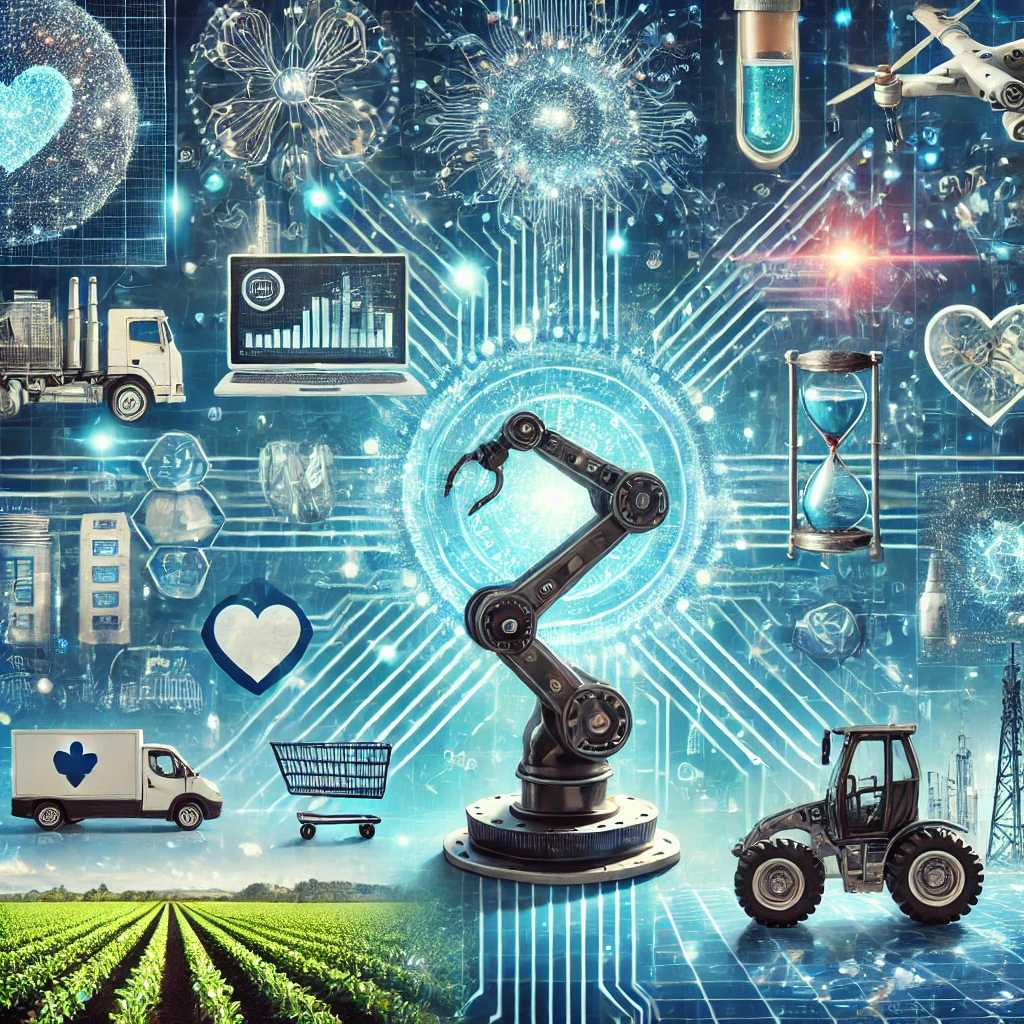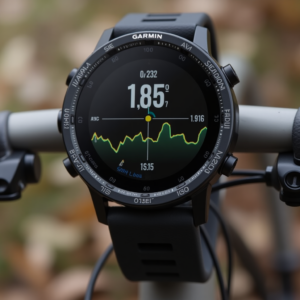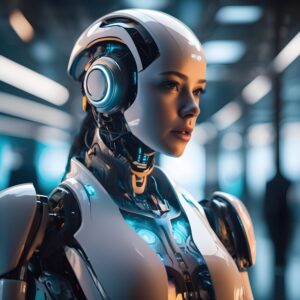
Computer vision, a branch of artificial intelligence (AI) that enables machines to interpret and understand the visual world, is rapidly transforming industries. This technology leverages algorithms and models to process images and videos, recognizing patterns and extracting valuable insights. As a result, computer vision is driving innovation across multiple sectors, enhancing efficiency, accuracy, and automation.
1. Healthcare: Enhancing Diagnostic Accuracy and Patient Care
In healthcare, computer vision is revolutionizing diagnostic processes and patient care. By analyzing medical images such as X-rays, MRIs, and CT scans, AI-powered systems can detect abnormalities with greater accuracy and speed than human radiologists. For instance, computer vision algorithms are used to identify signs of cancer, cardiovascular diseases, and retinal disorders, leading to early diagnosis and improved patient outcomes.
Moreover, computer vision is enhancing surgical procedures through robotics. Surgical robots equipped with computer vision can assist surgeons in performing minimally invasive procedures with precision, reducing recovery times and improving surgical outcomes.
2. Retail: Transforming Shopping Experiences and Operations
The retail sector is leveraging computer vision to revolutionize both the customer experience and backend operations. In stores, computer vision is used to create cashier-less shopping experiences, as seen in Amazon Go stores, where cameras and sensors track items picked by customers, enabling a seamless checkout process.
Additionally, computer vision is employed in inventory management and loss prevention. AI systems can monitor stock levels in real-time, detect misplaced products, and identify shoplifting incidents, thus optimizing store operations and reducing shrinkage.
3. Manufacturing: Streamlining Quality Control and Automation
In manufacturing, computer vision is driving innovation by streamlining quality control and enhancing automation. AI-powered cameras and sensors are integrated into production lines to inspect products for defects in real-time. This reduces the need for manual inspections, speeds up the production process, and ensures consistent product quality.
Furthermore, computer vision is vital in predictive maintenance. By analyzing visual data from machinery, AI systems can detect early signs of wear and tear, allowing for timely maintenance and reducing downtime.
4. Automotive: Advancing Autonomous Driving and Safety
The automotive industry is at the forefront of computer vision innovation, particularly in developing autonomous vehicles. Computer vision technology enables self-driving cars to interpret and navigate the environment by recognizing objects, pedestrians, traffic signs, and road conditions. This technology is crucial for ensuring the safety and reliability of autonomous driving systems.
In addition to self-driving capabilities, computer vision is enhancing vehicle safety through advanced driver-assistance systems (ADAS). Features like lane departure warnings, adaptive cruise control, and automatic emergency braking rely on computer vision to provide real-time feedback and prevent accidents.
5. Agriculture: Optimizing Crop Management and Yield
Agriculture is another sector benefiting from computer vision, which optimizes crop management and maximizes yield. Drones equipped with computer vision technology can monitor large fields, assess crop health, detect pests, and identify areas requiring irrigation or fertilization. This data-driven approach enables farmers to make informed decisions, reduce waste, and increase productivity.
Additionally, computer vision is used in automated harvesting systems, where AI-powered machines can accurately identify and pick ripe fruits and vegetables, reducing labor costs and enhancing efficiency.
Computer vision is driving innovation across industries by enabling machines to interpret visual data, automate processes, and enhance decision-making. From healthcare and retail to manufacturing and agriculture, this technology is transforming how businesses operate, improving efficiency, accuracy, and overall performance. As computer vision continues to evolve, its applications will expand, further revolutionizing industries and shaping the future of technology.


